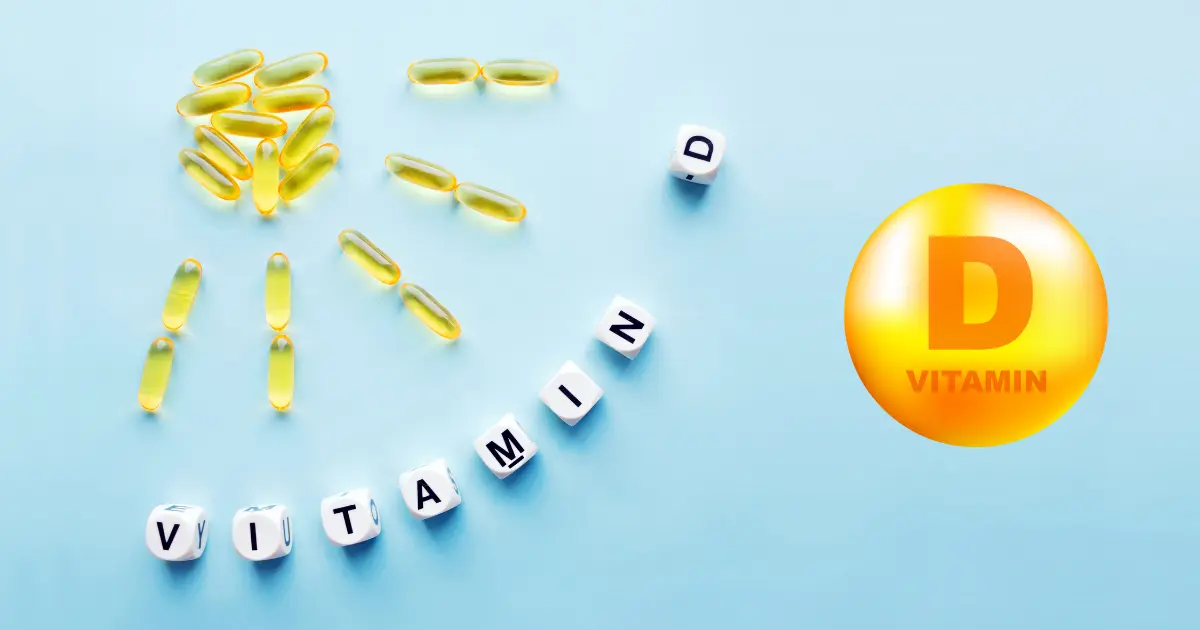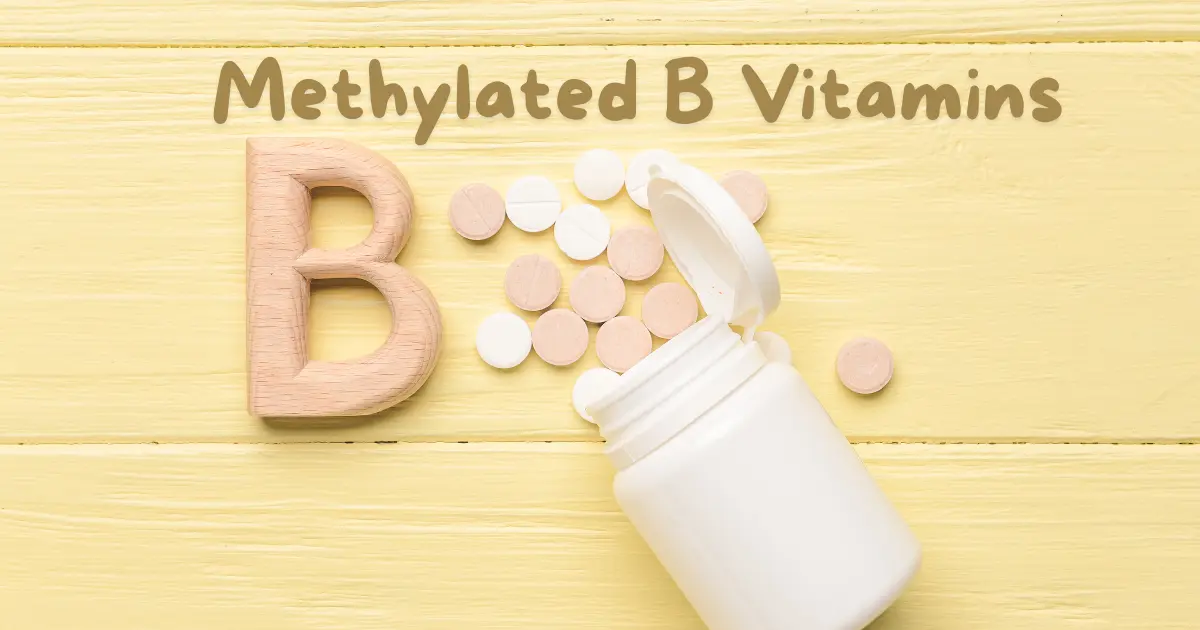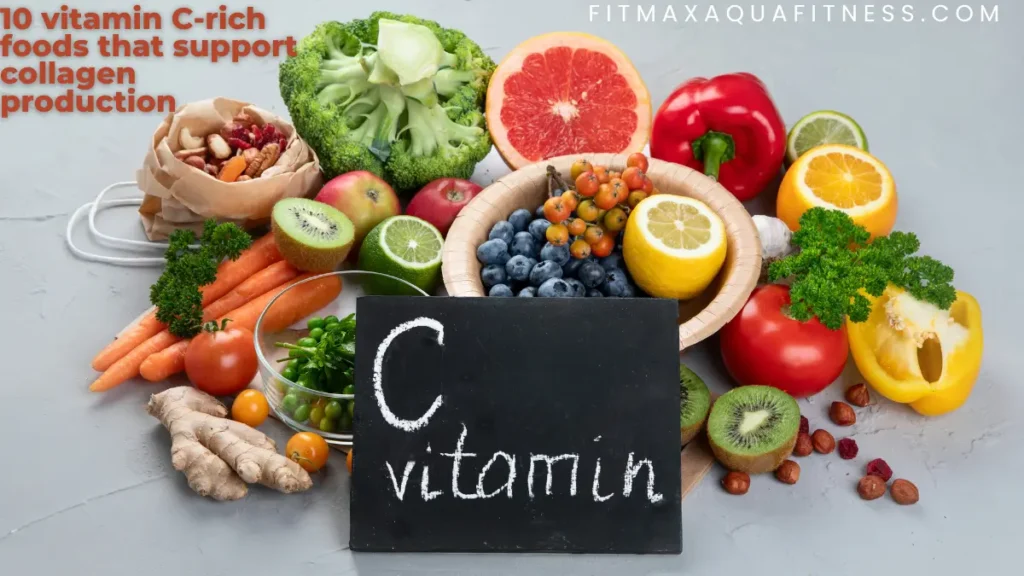Hey there, sunshine seeker! 🌞 Are you feeling a bit… cloudy lately? You’re not alone! Did you know that a whopping 42% of Americans are walking around with a vitamin D deficiency? Yep, you read that right. But don’t worry, we’ve got a ray of hope for you: vitamin D shots!
In this guide, we’re going to dive deep into the world of vitamin D injections. We’ll cover everything from what they are and how they work, to who needs them and what to expect. So grab your favorite sunny beverage, and let’s get glowing!

Table of Contents
ToggleWhat Are Vitamin D Shots, Anyway?
Alright, let’s start with the basics. Vitamin D shots are like bottling up sunshine and injecting it straight into your body. Cool, right?
The Lowdown on Vitamin D Shots
- What: High-dose vitamin D delivered via injection
- Where: Usually in your arm, hip, or thigh (don’t worry, it’s quick!)
- Why: To boost your vitamin D levels faster than you can say “sunbath”
But here’s the million-dollar question: why shots? Can’t we just pop a pill and call it a day?
Well, here’s the deal: vitamin D shots are like a VIP pass for this crucial nutrient. When you take a vitamin D pill, it has to go through your entire digestive system before your body can use it. For some folks, especially those with tummy troubles, this means a lot of that goodness goes to waste. Shots, on the other hand, bypass this whole process. It’s like giving your body a direct line to vitamin D heaven!
Types of Vitamin D: D2 vs D3
There are two main types of vitamin D used in these shots:
- Vitamin D2 (Ergocalciferol): The plant-based version
- Vitamin D3 (Cholecalciferol): The superhero version your body makes when you’re soaking up those sweet, sweet sun rays
Most docs prefer D3 for shots because it’s more effective at boosting your levels. It’s like choosing between regular and premium gas for your car – D3 just gives you more bang for your buck!
The Sunny Side: Benefits of Vitamin D Shots

Now, let’s get to the good stuff. Why should you consider turning yourself into a human pincushion for the sake of vitamin D? Hold onto your hats, folks, because the benefits are pretty impressive!
1. Bone-aside Benefits
Vitamin D is like the ultimate wingman for calcium. It helps your body absorb calcium more effectively, which means stronger bones and teeth. For anyone worried about osteoporosis (looking at you, ladies over 50!), this is huge.
2. Mood Booster Extraordinaire
Ever heard of the “winter blues”? Well, vitamin D might just be your ticket to year-round sunshine vibes. Some studies suggest it can help combat seasonal affective disorder (SAD) and even depression. It’s like carrying a little bit of summer with you all year round!
3. Immune System Superhero
Want to give your immune system some extra muscle? Vitamin D is like a personal trainer for your body’s defense system. Some research suggests it could help you kick those pesky colds to the curb.
4. Heart Health Helper
Your ticker might love vitamin D as much as the rest of your body. Some studies have shown a link between healthy vitamin D levels and a reduced risk of heart problems. It’s not a magic bullet, but it’s certainly a feather in vitamin D’s cap!
5. Diabetes Management Sidekick
For those grappling with diabetes or at risk of developing it, vitamin D might be a helpful ally. It could play a role in improving how your body handles sugar. It’s like having extra help keeping your sweet tooth in check!
6. Muscle Might
Last but not least, let’s talk about muscles. Vitamin D plays a role in muscle function, and good levels have been linked to better muscle strength. For older adults, this could mean fewer falls – a major win in the game of healthy aging!
Who Needs Vitamin D Shots?

Now that we’ve sung the praises of vitamin D shots, you might be ready to roll up your sleeve. But hold your horses! While vitamin D is fantastic, the shots aren’t for everyone. So who are the ideal candidates for this sunshine in a syringe?
- The Severely Deficient: If your vitamin D levels are in the basement, shots might be the express elevator to get you back up to the penthouse.
- The Gut Trouble Club: Got Crohn’s disease, celiac disease, or other conditions that make it hard for your gut to absorb nutrients? Vitamin D shots might be your ticket to bypassing those digestive roadblocks.
- The Sun-Deprived: If you live where the sun plays hide and seek most of the year (hello, Seattle!), or if your job keeps you indoors 24/7, you might be a good candidate.
- The Bone Health Brigade: Older adults, especially those at risk of osteoporosis, might benefit from the bone-boosting powers of vitamin D shots.
- The Melanin-Rich: If you have darker skin, your body naturally produces less vitamin D from sunlight. Shots could help level the playing field.
- The Plant-Based Posse: Vegans and vegetarians, listen up! Since many dietary sources of vitamin D come from animal products, you might be more prone to deficiency.
Remember, though, the decision to start vitamin D shots should always be made with your doctor. They can run the necessary tests and help you decide if shots are right for you.
What to Expect: Your Vitamin D Shot Adventure
So, you and your doc have decided that vitamin D shots are the way to go. What’s next? Let’s walk through the process so you know exactly what to expect.
Step 1: The Pre-Shot Check-Up
Before you get anywhere near a needle, your healthcare provider will likely want to run some blood tests. It’s like getting a backstage pass to your own body’s vitamin D concert!
Step 2: The Main Event
Once you’re cleared for takeoff, it’s injection time! Don’t worry, it’s usually quick and relatively painless. Here’s what typically happens:
- The healthcare provider will clean the injection site (usually your arm, hip, or thigh).
- They’ll use a small needle to inject the vitamin D solution into your muscle.
- A small bandage might be applied to the injection site.
And that’s it! The whole process usually takes just a few minutes. You might feel a little pinch, but it’s over before you know it.
Step 3: The Aftermath
After the shot, you’re usually free to go about your day. Some people experience a bit of soreness at the injection site, kind of like how your arm might feel after a flu shot. This typically goes away within a day or two.
Step 4: The Follow-Up
Depending on your individual treatment plan, you might need to come back for more shots. This could be weekly, monthly, or on some other schedule determined by your healthcare provider.
Your doctor will also likely want to do follow-up blood tests to see how your vitamin D levels are responding to the treatment. It’s like getting a report card for your vitamin D levels!
The Not-So-Sunny Side: Potential Side Effects
Now, I know what you’re thinking. “This all sounds great, but what’s the catch?” Well, like any medical treatment, vitamin D shots do come with some potential side effects. Don’t worry, though – most are mild and temporary.
Common Side Effects
The most common side effects are pretty manageable:
- Soreness at the injection site: Your arm (or wherever you got the shot) might feel a bit sore for a day or two. It’s like your muscles are saying, “Hey, what was that?”
- Nausea: Some people feel a bit queasy after the shot. It usually passes quickly.
- Headache: A mild headache can occur, but it’s typically short-lived.
- Fatigue: You might feel a bit tired after the injection. It’s a good excuse for a nap, if you ask me!
Rare but Serious Risks
While rare, there are some more serious risks to be aware of:
- Hypercalcemia: This is a condition where you have too much calcium in your blood. It can happen if you get too much vitamin D.
- Allergic reactions: As with any injection, there’s a small risk of an allergic reaction.
- Interactions with medications: Vitamin D can interact with certain medications, including some blood thinners and heart medicines.
This is why it’s so important to only get vitamin D shots under medical supervision. Your doctor will monitor your levels to make sure you’re getting just the right amount – not too little, not too much, but just right. It’s like Goldilocks, but for vitamins!
Vitamin D Shots vs. Other Ways to Get Your D
So, you’re convinced that you need more vitamin D in your life. But shots aren’t the only game in town. Let’s break down the pros and cons of different ways to get your D:
1. Vitamin D Shots
Pros:
- Fast-acting
- Great for people with absorption issues
- Supervised by healthcare professionals
Cons:
- Requires needles (eek!)
- More expensive than other methods
- Requires regular doctor visits
2. Oral Supplements (Pills, Gummies, Liquids)
Pros:
- Easy to take
- Lots of options (pills, gummies, liquid drops)
- Generally cheaper than shots
Cons:
- Can be less effective for people with absorption issues
- Takes longer to raise vitamin D levels
- Easy to forget to take regularly
3. Vitamin D-Fortified Foods
Pros:
- Natural way to increase vitamin D intake
- Part of a healthy diet
- No extra pills or shots to remember
Cons:
- May not provide enough vitamin D for some people
- Limited options (mainly dairy products, some cereals, and orange juice)
- Hard to control exact dosage
4. Natural Sources (Sunlight, Fatty Fish, Egg Yolks)
Pros:
- Most natural way to get vitamin D
- Sunlight exposure has other health benefits
- Fatty fish and egg yolks provide other important nutrients
Cons:
- Sunlight exposure can increase skin cancer risk
- Dietary sources may not provide enough vitamin D for some people
- Sunlight exposure may be limited depending on where you live
Remember, the goal is to find a method that works for you and that you can stick with long-term. It’s not a race – it’s about finding a sustainable way to keep your vitamin D levels healthy.
The Bottom Line: Is a Vitamin D Shot Right for You?
We’ve covered a lot of ground, from the basics of vitamin D shots to their benefits, risks, and alternatives. So, let’s bring it all together and help you decide if vitamin D shots might be right for you.
Consider Vitamin D Shots If:
- You’ve been diagnosed with severe vitamin D deficiency
- You have a medical condition that makes it hard to absorb nutrients
- You’re at high risk for vitamin D deficiency and other methods haven’t worked
- Your doctor recommends them based on your individual health needs
Maybe Skip the Shots If:
- Your vitamin D levels are normal or only slightly low
- You’re able to maintain healthy levels through diet and sunlight
- You’re uncomfortable with needles and have other effective options
- You don’t have a medical need for such high doses of vitamin D
Remember, the decision to start vitamin D shots should always be made with your healthcare provider. They can assess your individual needs, run the necessary tests, and help you decide on the best course of action.
Wrapping It Up: Your Vitamin D Journey
And there you have it, folks! Everything you ever wanted to know about vitamin D shots (and probably a bit more). Whether you decide to go the injection route or stick with good old sunshine and supplements, the important thing is that you’re taking charge of your health.
Remember, vitamin D is more than just a vitamin – it’s a key player in keeping your body running smoothly. So whether you’re basking in the sun, popping a pill, or rolling up your sleeve for a shot, make sure you’re giving your body the vitamin D it needs to thrive.
Now, go forth and shine, you vitamin D superstar! ☀️💪
Got questions about vitamin D shots? Talk to your doctor or leave a comment below. We’d love to hear about your vitamin D journey!






